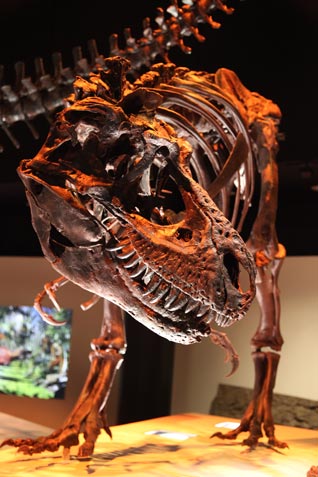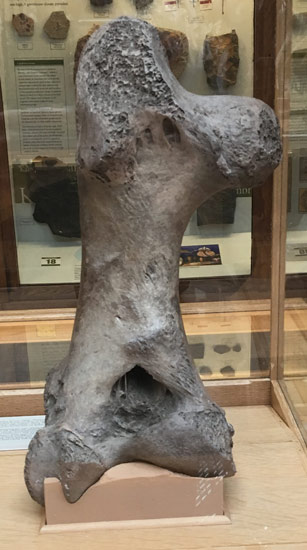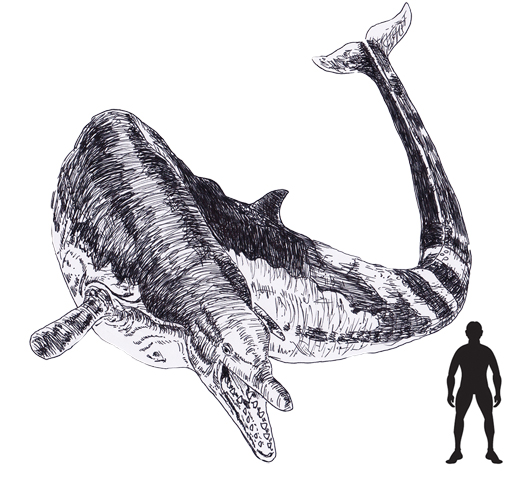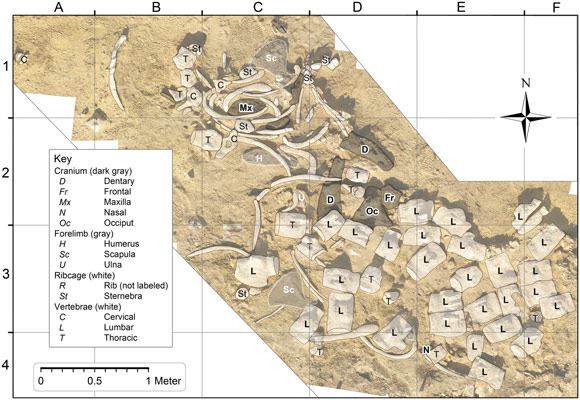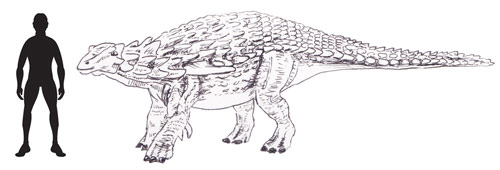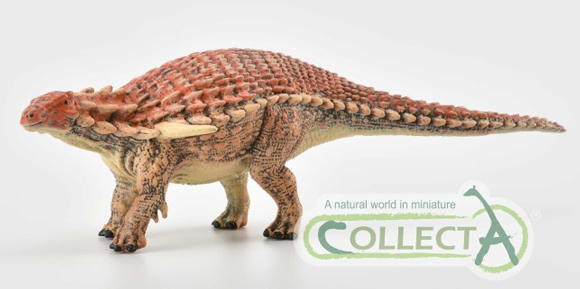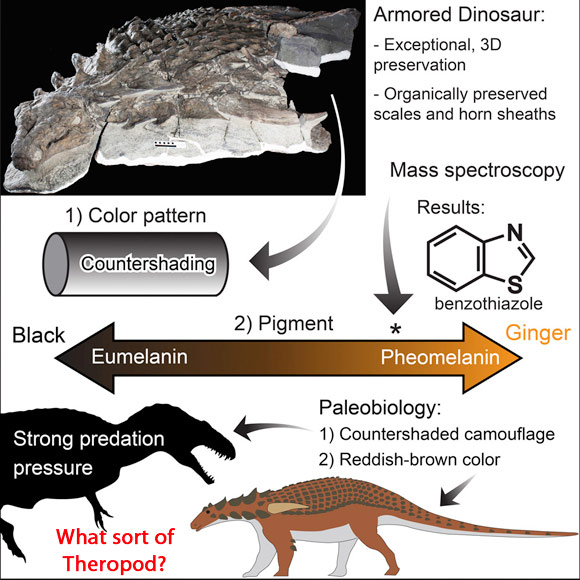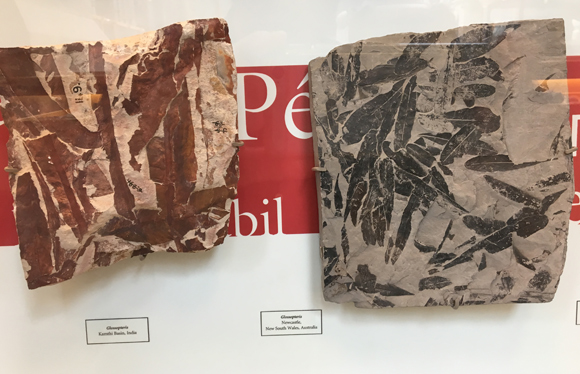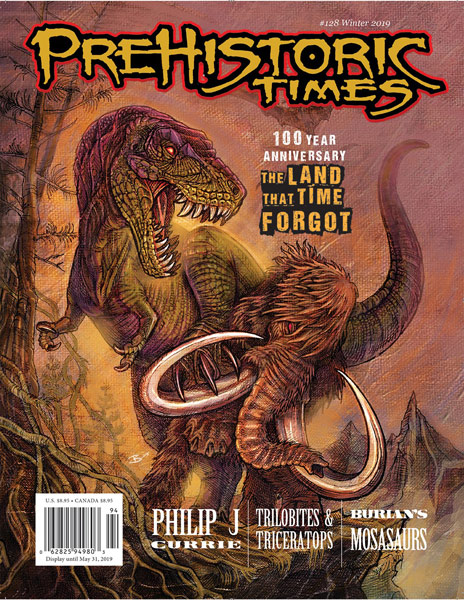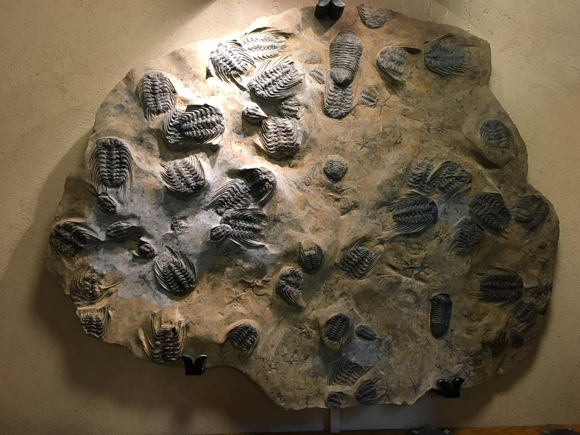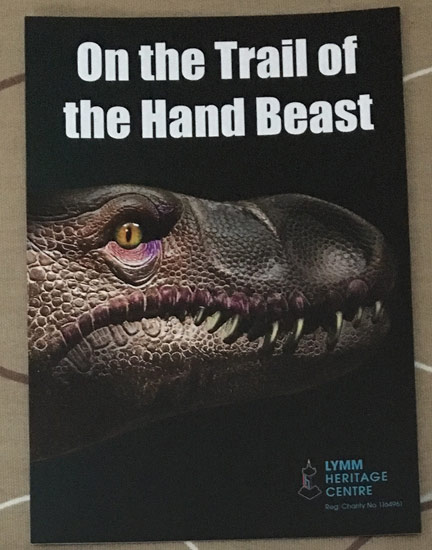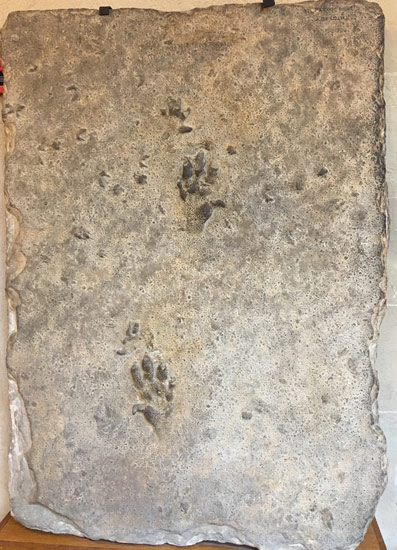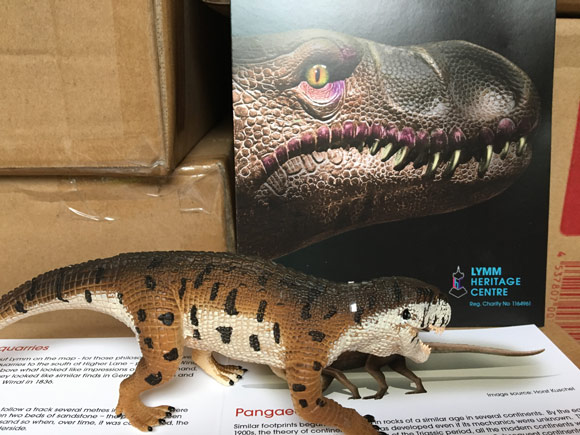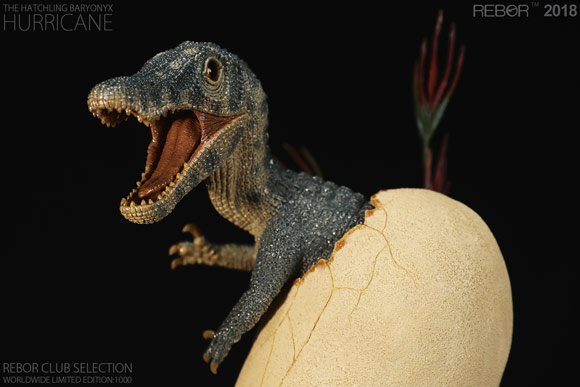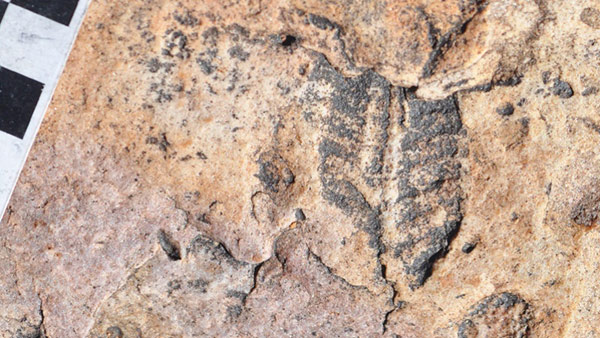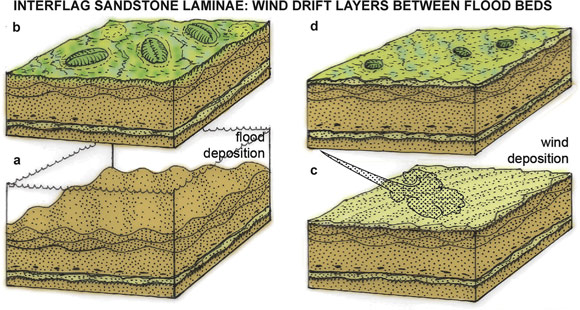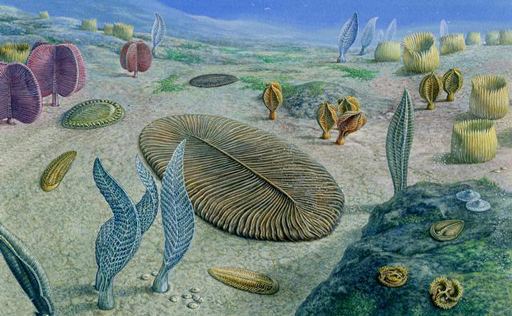Year 1 Children Prepare Questions About Dinosaurs
Dinosaur Questions from Year 1 at Barford Primary
Children in Year 1 at Barford Primary (Ladywood, Birmingham), have embarked on a new term topic. Under the enthusiastic and expert guidance of their teachers, the children are learning all about dinosaurs, fossils and life in the past. One of Everything Dinosaur’s dinosaur and fossil experts was dispatched to the school to visit 1G and 1L to help kick-off the dinosaur themed topic in style.
Dinosaur Workshop
Prior to delivering the two workshops (one workshop for each Year 1 class), our team member was given the chance to discuss learning objectives and outcomes with the class teachers in a spacious and very tidy Year 1 classroom.
The children had been thinking of questions that they would like to know the answer to, a start had been made on one of the classroom display boards and some questions had already been posted up.
Children at Barford Primary School (Year 1) Prepare Questions About Prehistoric Animals and Fossils
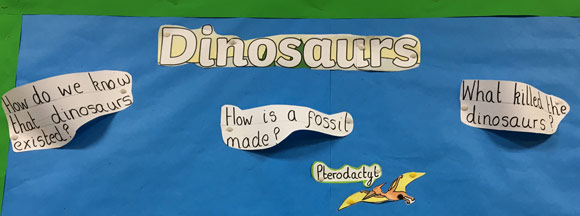
Barford Primary – dinosaur questions. The two classes of Year 1 children had been preparing questions about dinosaurs and life in the past.
Picture credit: Everything Dinosaur/Barford Primary
Learning About Fossils
During the workshop, the children were able to handle the same sort of fossils that Mary Anning, the famous fossil hunter from Dorset would have discovered on the beach at Lyme Regis. Mary Anning makes a fine role model for children in Key Stage 1, as she was not much older when she found the fossilised remains of a huge marine reptile (ichthyosaur) eroding out of the cliffs close to her home town.
For models and replicas of ichthyosaurs and other prehistoric animals: CollectA Age of Dinosaurs Popular Models.
Questions About Dinosaurs
One of the questions asked by the pupils was “how is a fossil made?” Using simple language and terms our dinosaur expert leading the workshop was able to explain how most fossils are formed and that it is because we have fossils, such as bones, teeth and footprints that palaeontologists have been able to demonstrate that millions of years ago giant reptiles roamed the Earth. All very helpful with the scheme of work for the Year 1 children as another question asked by a budding, young scientist was “how do we know that dinosaurs existed?”
Fossils Help Scientists to Learn About Life in the Past
Picture credit: Everything Dinosaur/Manchester University
Populating a Prehistoric Scene
One of the questions that our staff member spotted whilst visiting the Year 1 children (1G and 1L), was “what killed the dinosaurs”? The children were keen to demonstrate their pre-knowledge and provided very confident answers, in the challenging and engaging scheme of work prepared for the term topic. The question concerning what caused the extinction of the non-avian dinosaurs will be thoroughly researched and explored. One theory that has been proposed is that a long period of volcanism caused global climate change, this volcanism in conjunction with an extra-terrestrial impact event led to the extinction of around seventy percent of all life on land, including the non-avian dinosaurs.
Volcanic Eruptions Could Have Played a Role in the Extinction of the Dinosaurs
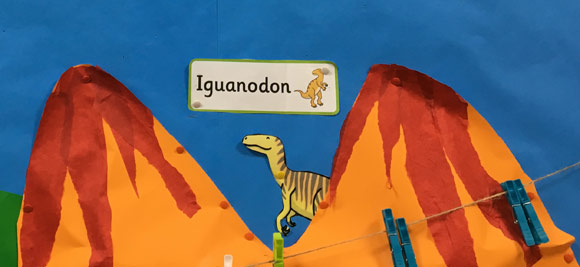
Primary school children design their own dinosaur landscape. Volcanic eruptions could have been a factor in the extinction of the dinosaurs.
Picture credit: Everything Dinosaur/Barford Primary
Visit Everything Dinosaur’s website: Everything Dinosaur.


